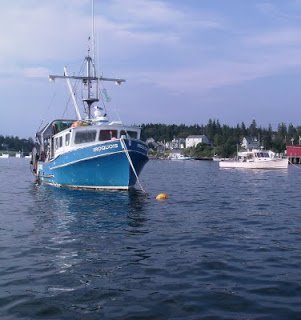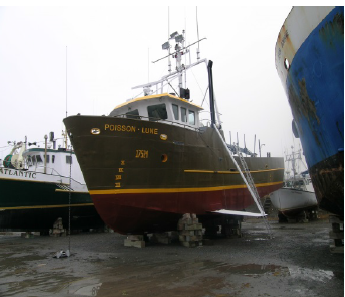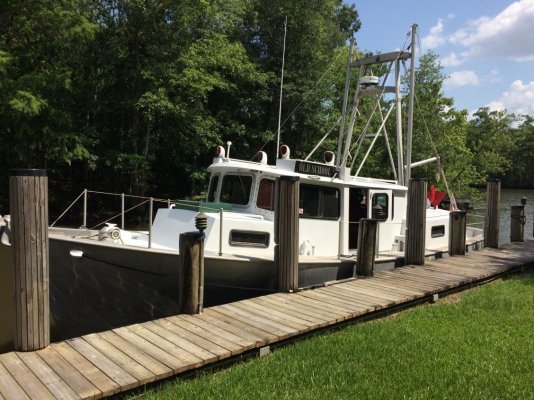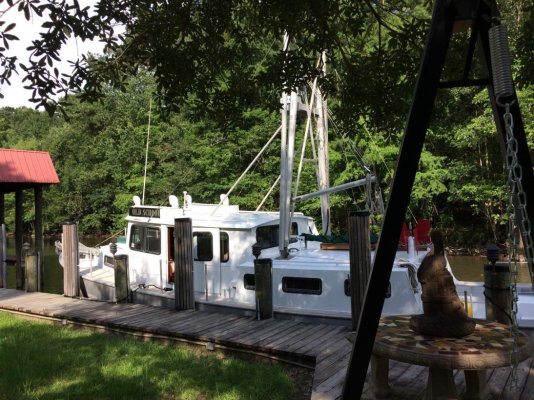ChristineKling
Veteran Member
We are fine tuning the paravane system for our under-construction 24m aluminum powerboat. We are former sailors and neither of us has been on a boat with paravanes. We've studied designs and talked to folks we've encountered cruising, but I thought I would reach out to this group to start a discussion.
I'm looking for people who have blue water experience running with paravanes.
How deep do you run your fish?
How difficult is it to launch and retrieve your fish?
Could you post a picture of your actual paravanes?
If you could redesign your system, how would you do it?
What words of wisdom can you pass on from your experience?
Thanks in advance for any help you can offer.
Christine
Blog: Mobius World
I'm looking for people who have blue water experience running with paravanes.
How deep do you run your fish?
How difficult is it to launch and retrieve your fish?
Could you post a picture of your actual paravanes?
If you could redesign your system, how would you do it?
What words of wisdom can you pass on from your experience?
Thanks in advance for any help you can offer.
Christine
Blog: Mobius World








